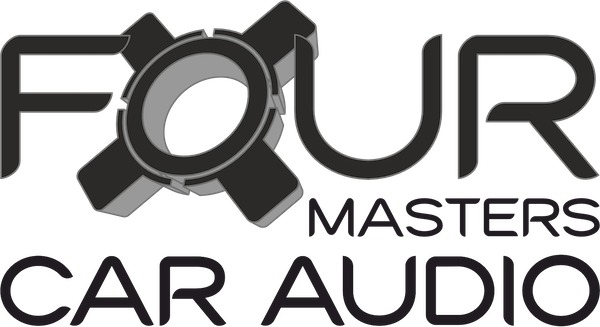
Aftermarket Vs Standard Fit Car Audio
In this article, we look at specific differences between aftermarket and standard fit car audio equipment. We also explain why car manufacturers make the choices that they do.
It is no secret that standard or factory-fitted audio does not sound very good in modern cars. In all but a few cars, little effort is put into how a car entertainment system sounds, with the majority of effort going into integrating comfort features into a vehicle.
One of the critical reasons for this is the sheer number of cars being produced for worldwide distribution. To hit retail price targets, manufacturers must find ways to build vehicles as cheaply as possible. A recent report from America suggested that a pair of standard fit car speakers was due to reach the dizzy heights of $7 per pair on average. This needs to be tempered with other information as there are economies of scale to be considered.
As an example, if we take a moderately successful car such as a BMW Mini and take into account the fact that almost 300,000 Mini’s were shipped worldwide in 2023, you can see that the cost of installing a reasonable quality aftermarket speaker (front pair and rear pair) at a retail price of around £200 would be around $4,200,000. BMW would become a very significant purchaser, so the actual cost to them would be far less than this, but even so if you multiply the cost of each component in a car, you can easily see the need to keep on top of their pricing.
So, where does the extra cost of an aftermarket speaker over a standard fit speaker lie? The answer to this question is just about everywhere! Nearly all elements of a speaker design are different in quality. Typically, magnets used in good speakers are made of neodymium. This material can have four times greater magnetic power than standard ferrous iron materials. Magnets also tend to be physically bigger in aftermarket speakers.
Other differences are required to make a speaker loud enough to be heard over wind and road noise. A speaker works by energising a coil attached to a cone with electrical impulses. Within the field of the magnet, this causes the coil and cone to move forward and backwards. The higher the level of impulse, the further the cone will want to move. To prevent overloading, the cone needs a suspension system to control this movement. Upgrading the suspension helps with power handling. This means the speaker can run at a higher level before distorting. Upgrading the coil using a more conductive material and increasing the number of windings will further help with power handling and control.
The speaker chassis should be rigid and have no resonance. This keeps the output of the speaker as linear as possible. Any resonance will cause peaks and troughs in the audio output.
The cone material is also vital to performance. The cone must keep its shape even under the forces applied by the coil and magnet assembly (known as the motor). Most standard-fit speakers will use a thin cardboard cone. These are subject to physical distortion when driven at even moderate levels. Aftermarket equivalents will be lightweight but also rigid to keep them in shape.
Due to the physical location of car speakers, they require other particular attributes, such as an extended dispersion characteristic. This particular feature makes car speakers more application-specific than home audio speakers, which are usually placed in a more listener-friendly position facing directly toward the listener.
However, we have only looked at speakers. What about the rest of the audio system? The same overarching cost restrictions bite into audio quality here, too—generally, a head until will output modest amounts of power before distorting. An aftermarket amplifier will be blessed with far better-quality components and design, and even at similar quoted power values, the aftermarket amplifier will perform significantly better.
Sound deadening is always the starting point for an aftermarket system. This involves covering any surfaces with sound-deadening material, such as Skinz. This will make the panels more solid and less resonant and help to project sound into the passenger compartment rather than the door cavity. You may find a token nod to sound treatment in a standard system. Still, at best, the manufacturer will add just a tiny square of lightweight material, which is nowhere near as effective at improving the panel rigidity.
“But my car has a Bowers and Wilkins/ Bang and Olufsen/Bose/Mark Levinson, etc., system installed.” – Highly unlikely; it has a badge on the speaker grille for which the named company receives a small royalty.
Most car dealer “audio upgrades” are made by Harmon Kardon (Samsung-owned). It is an erstwhile name in its own right, but its efforts are always severely compromised by cost restrictions placed on it by the vehicle manufacturer.
The aftermarket is always the best place to go if you care about music quality. Contact FOUR MASTERs to find your local specialist installer.
Find out what our partner, The FOUR MASTER Network, can do to bring Hi-Fi quality to your car. Simply put some brief details into the form below.
Not ready for that yet? You can use the same form to book a demonstration at your home, place of work or with your local FOUR MASTER
